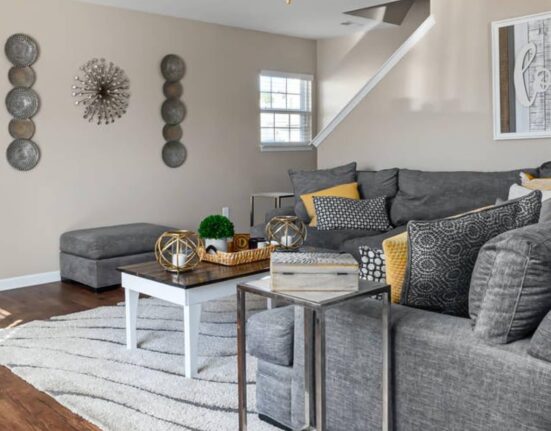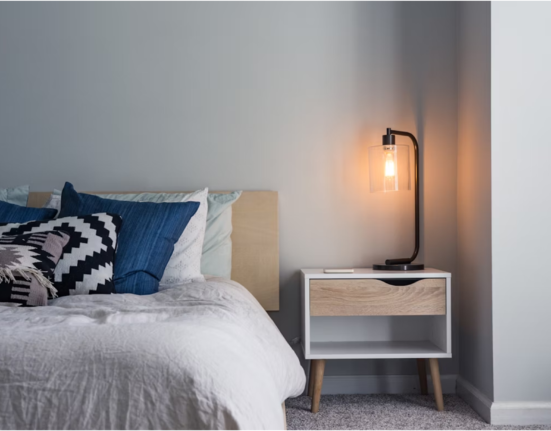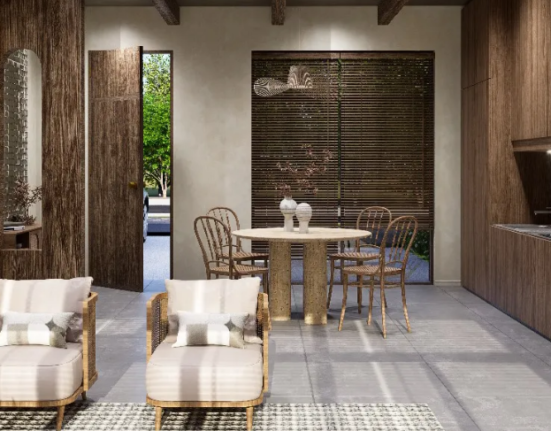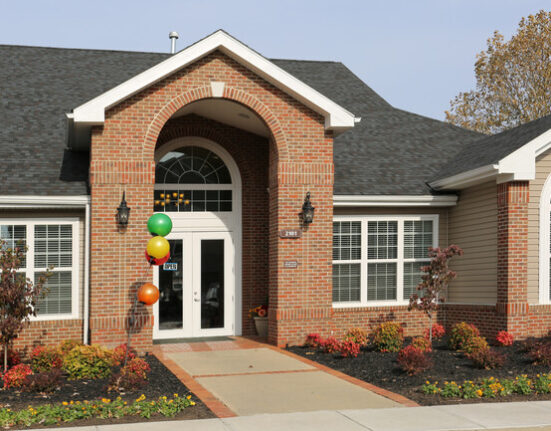When James and Lisa decided to build their dream home, they imagined a cozy, modern house with plenty of space for their growing family. They spent countless evenings sketching layouts and picking out finishes. Still, as they delved deeper into the process, they quickly realized that the journey to homeownership was filled with unexpected costs and complex decisions. Understanding the cost of building a house is crucial for anyone embarking on this journey. In this article, we will explore the various expenses involved, provide statistical insights, and offer guidance on navigating the financial aspects of home construction. how much does it cost to build a house
Factors Influencing the Cost of Building a House
The cost of building a house can vary widely depending on several factors, including location, size, design, materials, and labor. Here’s a detailed breakdown of these factors:
Location
Location plays a significant role in the cost of building a house. Land prices can vary drastically from one region to another. For example, building in a metropolitan area like New York City or San Francisco can be significantly more expensive than in rural or suburban areas. According to a 2023 report by Zillow, the average land cost in urban areas is approximately $120 per square foot, compared to $30 per square foot in rural areas.
Size and Design
The size and complexity of the house design are also significant cost drivers. A larger home with more square footage will naturally cost more to build. Custom designs with unique architectural features or high-end finishes can also increase costs. The National Association of Home Builders (NAHB) states that a custom-built home’s average price per square foot is about $150 to $200, whereas a standard home can range from $100 to $150 per square foot.
Materials and Labor
The choice of materials and labor costs can significantly impact the overall budget. High-quality materials such as hardwood floors, granite countertops, and energy-efficient windows can add to the expense. Labor costs vary depending on the region and the availability of skilled workers. According to the Bureau of Labor Statistics, construction costs increased by 5% in 2023 due to a shortage of skilled laborers.
Breakdown of Construction Costs
To understand the total cost of building a house, it’s essential to break down the expenses into specific categories:
- Pre-Construction Costs
- Land Purchase: The cost of purchasing land can range from $30,000 to over $100,000, depending on the location and size.
- Permits and Fees: Building permits, impact fees, and other regulatory costs can add up to $5,000 to $10,000.
- Foundation and Framing
- Foundation: Laying the foundation typically costs between $10,000 and $40,000, depending on the size and type (e.g., slab, crawl space, or basement).
- Framing: Framing costs, including materials and labor, can range from $20,000 to $50,000.
- Exterior Finishes
- Roofing: The cost of roofing materials and installation ranges from $5,000 to $15,000.
- Siding: Siding can cost between $10,000 and $30,000, depending on the material (e.g., vinyl, wood, brick).
- Interior Finishes
- Flooring: The flooring materials and installation costs range from $5,000 to $20,000.
- Cabinets and Countertops: Kitchen and bathroom cabinets and countertops can cost between $10,000 and $30,000.
- Plumbing and Electrical: Installing plumbing and electrical systems typically costs between $15,000 and $40,000.
- Additional Costs
- Landscaping: Landscaping expenses can add up to $5,000 to $20,000.
- Miscellaneous: Other costs, such as HVAC systems, appliances, and interior decor, can range from $10,000 to $30,000.
Total Cost Estimation
Based on the breakdown above, the total cost of building a house can vary widely. Here are some average estimates:
- Standard Home: $250,000 to $450,000
- Custom Home: $400,000 to $1,000,000
Financing Your Dream Home
Securing financing is a critical step in the home-building process. Most people opt for construction loans, short-term loans used to cover the cost of building a home. These loans typically convert to a mortgage once the construction is complete. According to the Mortgage Bankers Association, the average interest rate for construction loans in 2023 was 4.5%, with terms ranging from 12 to 24 months.
Tips for Managing Construction Costs
- Create a Detailed Budget: Outline all potential costs and include a contingency fund for unexpected expenses.
- Choose the Right Contractor: Select a reputable contractor with a proven track record to avoid costly mistakes and delays.
- Opt for Standard Designs: Custom designs can significantly increase costs. Consider standard plans with minor modifications.
- Shop Around for Materials: Compare prices for materials and negotiate with suppliers to get the best deals.
Conclusion
Building a house is a complex and costly endeavor, but with careful planning and budgeting, it can be a rewarding experience. Prospective homeowners like James and Lisa can confidently navigate the journey by understanding the various factors that influence construction costs and following practical tips to manage expenses. They discovered that the key to building a dream home lies in balancing aspirations with financial realities. Ready to move in after the construction? Hire Suddath full service moving company














